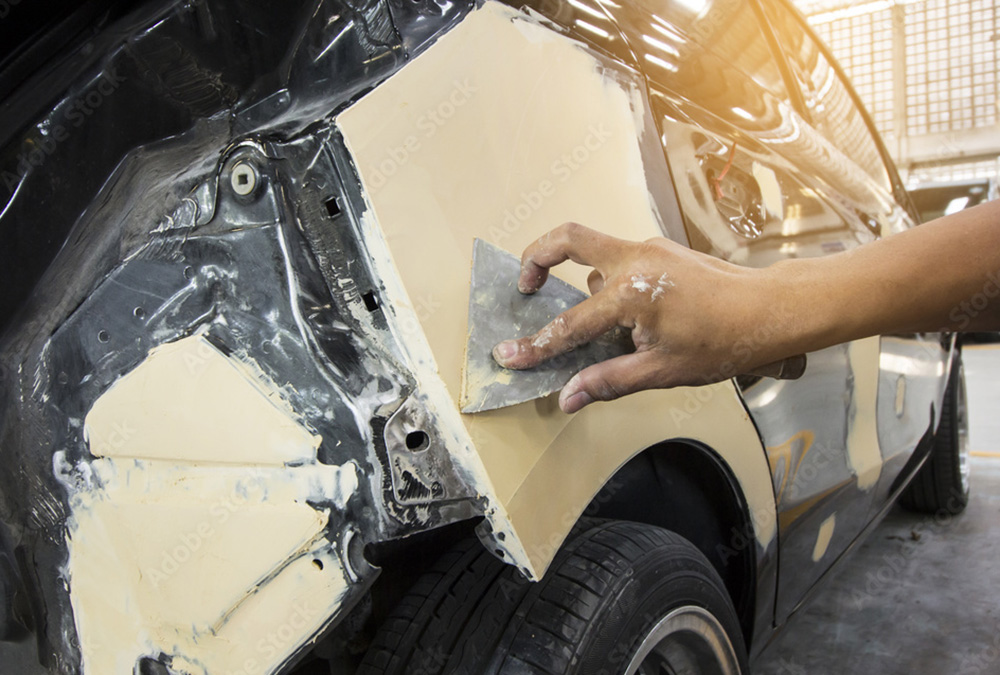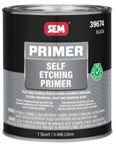Preparing a car for paint is a crucial step in the auto body repair and painting process. It ensures that the paint will adhere properly and that the result will be a smooth and professional-looking finish. In this article, we will go over the steps for prepping a car for paint.
- Clean the car: The first step in prepping a car for paint is to clean the car Use a car cleaning solution and a microfiber cloth to remove any dirt or debris. This will ensure that the surface is clean and free of any contaminants that could affect the paint job.
2. Sand the car: Sanding is an essential step in the prepping process, as it prepares the surface for primer. Use an orbital sander and coarse-grit sandpaper to remove any old paint and smooth out any imperfections on the surface. Progress to a finer grit sandpaper to smooth out the surface further.
3. Fill any imperfections: Use body filler to fill any dents, dings, or other imperfections. Use a putty knife to apply the body filler and a metal file or sandpaper to smooth out any remaining imperfections.
4. Sand the filler: Once the filler is dry, sand it down with a fine-grit sandpaper to smooth out the This will ensure that the surface is smooth and ready for primer.
5. Prime the car: Apply a coat of primer to the car. This will help the paint to adhere properly and will also provide a smooth surface for the paint to be applied. Use a paint roller or paint sprayer to apply the primer.
6. Sand the primer: Once the primer is dry, sand it down with fine-grit sandpaper to smooth out the surface. This will ensure that the surface is smooth and ready for paint.
7. Mask off areas: Use paint masking tape to mask off any areas that should not be This includes windows, trim, and chrome.
8. Paint the car: Once the car is prepped and masked off, it’s ready for paint. Use a paint roller or paint sprayer to apply the paint. Apply multiple coats, allowing the paint to dry between coats.
In conclusion, prepping a car for paint is a crucial step in the auto body repair and painting process. It ensures that the paint will adhere properly and that the final result will be a smooth and professional-looking finish. Remember to work in a well-ventilated area, use the correct sandpaper grit for the job, and follow the manufacturer’s instructions for the best results. It’s also important to wear personal protective equipment such as gloves, goggles, and respirators to protect yourself from the chemicals and dust.





Recent Comments